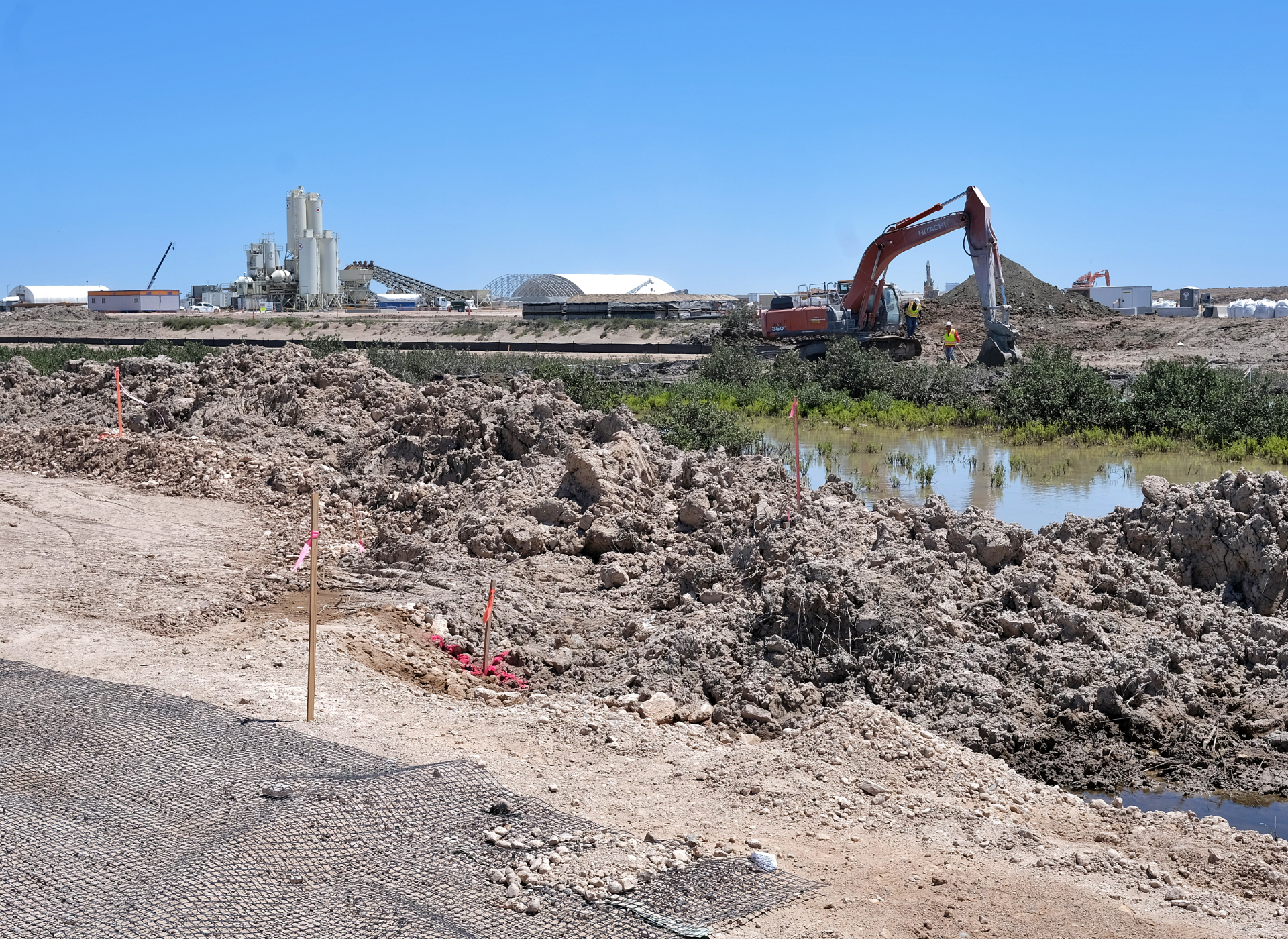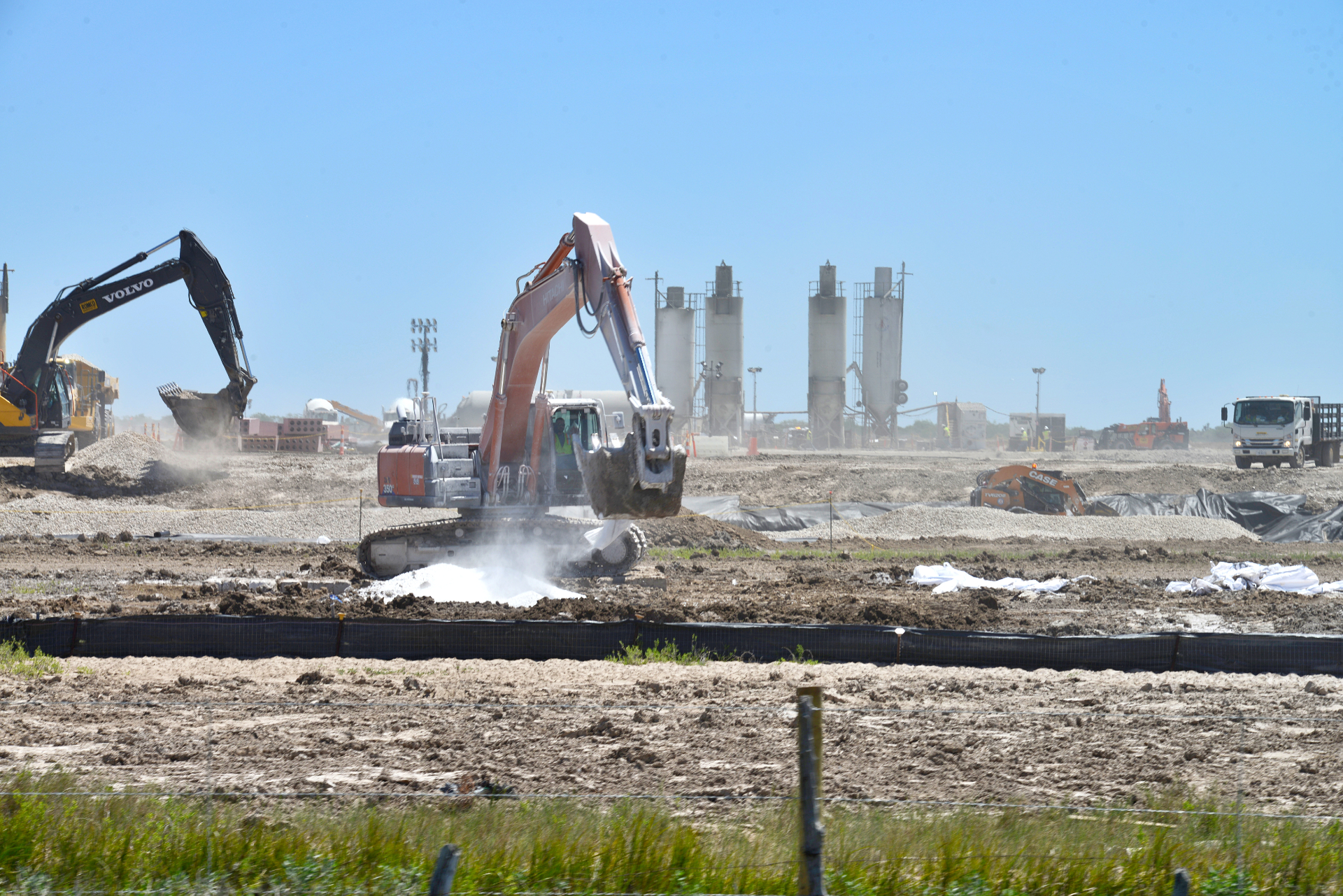|
Only have a minute? Listen instead
Getting your Trinity Audio player ready...
|
A recent court decision stopping completion of a liquefied natural gas distribution facility at the Port of Brownsville doesn’t kill the project completely. Elected officials across the Rio Grande Valley have expressed their opposition and concerns regarding the ruling.
They shouldn’t panic. Instead they should do what they can to address the issues the court raised.
This is part of a larger battle regarding natural gas. President Biden in January ordered a “pause” in granting permits for LNG plants. The pause was for new permits, issued by the the Federal Energy Regulatory Commission, and didn’t affect those that already had been approved.
They included the first phase of the Rio Grande LNG facility, which already had been approved and is near completion.
Rio Grande LNG is a subsidiary of Houston-based NextDecade.
A federal judge overturned Biden’s order in July, ruling that while the administration didn’t have to approve new permits, it must consider them.
Meanwhile, local environmental groups filed a lawsuit against the Rio Grande project, and the federal appeals court for the District of Columbia ruled Aug. 6 it should be halted.
But it isn’t dead. The court ruled that because it’s a separate phase of the project, it needed its own environmental impact study. FERC says it will prepare one, beginning with a new public comment period. The July court ruling enables it.
Thus, the recent decision doesn’t kill the project. The first phase might be far enough along that it will open anyway. Whether the second phase is completed or the company reduces the scale to the first phase only remains to be seen.

In the meantime, both proponents and opponents should review the project and the rulings and make the most objective assessments possible.
Local officials point to the jobs and revenue the plants promise. Those benefits, however, don’t negate the need to consider the environmental impacts, and steps should be taken to ensure that those impacts are minimal.
At the same time, environmentalists should weigh the overall effects of the gas facilities. Some have gone beyond the possible impact of the distribution facility and oppose natural gas as a matter of principle, insisting that all new energy projects should be entirely devoted to green energy.
It’s a lofty goal, but it’s impractical, and might ultimately be impossible to achieve.
Much of the United States, particularly the Valley, is building wind and solar generators; one Texas energy company boasts that it sells 100% solar energy. In the meantime we must continue to burn fuel to adequately meet our energy needs.
Natural gas is a valuable way to transition away from dirtier power sources such as oil and coal.
Those who truly care about the environment, instead of simply opposing everything energy companies do, should seek to work with the industry to develop realistic strategies to mitigate damage to the environment while still meeting the energy needs of an ever-growing population. Rather than throw up roadblocks, they should try to help create options that could inspire greater cooperation from the industry help move us toward cleaner energy.




